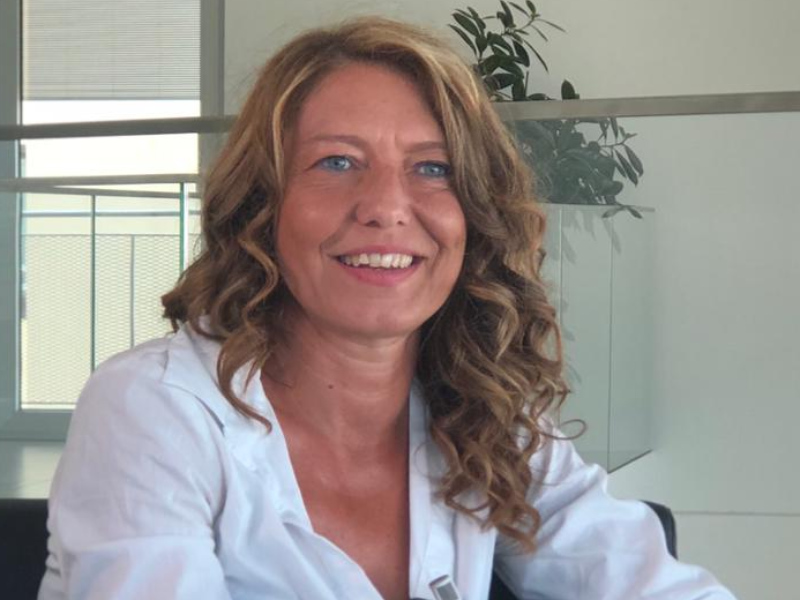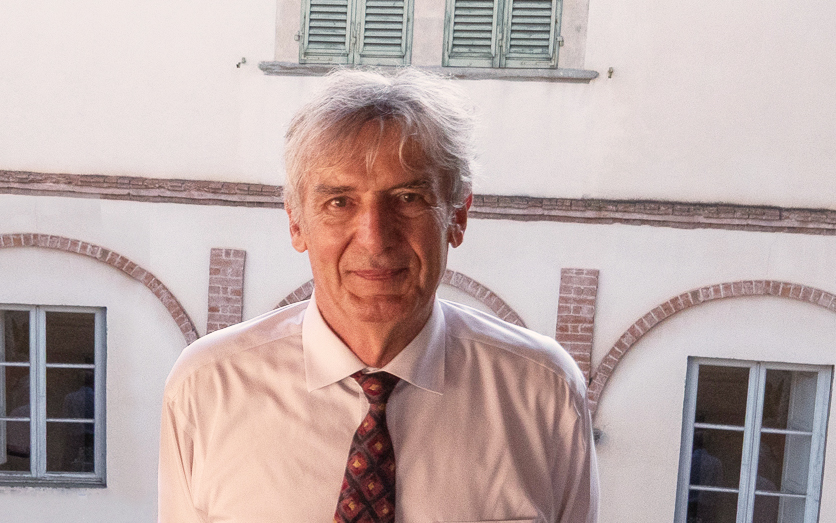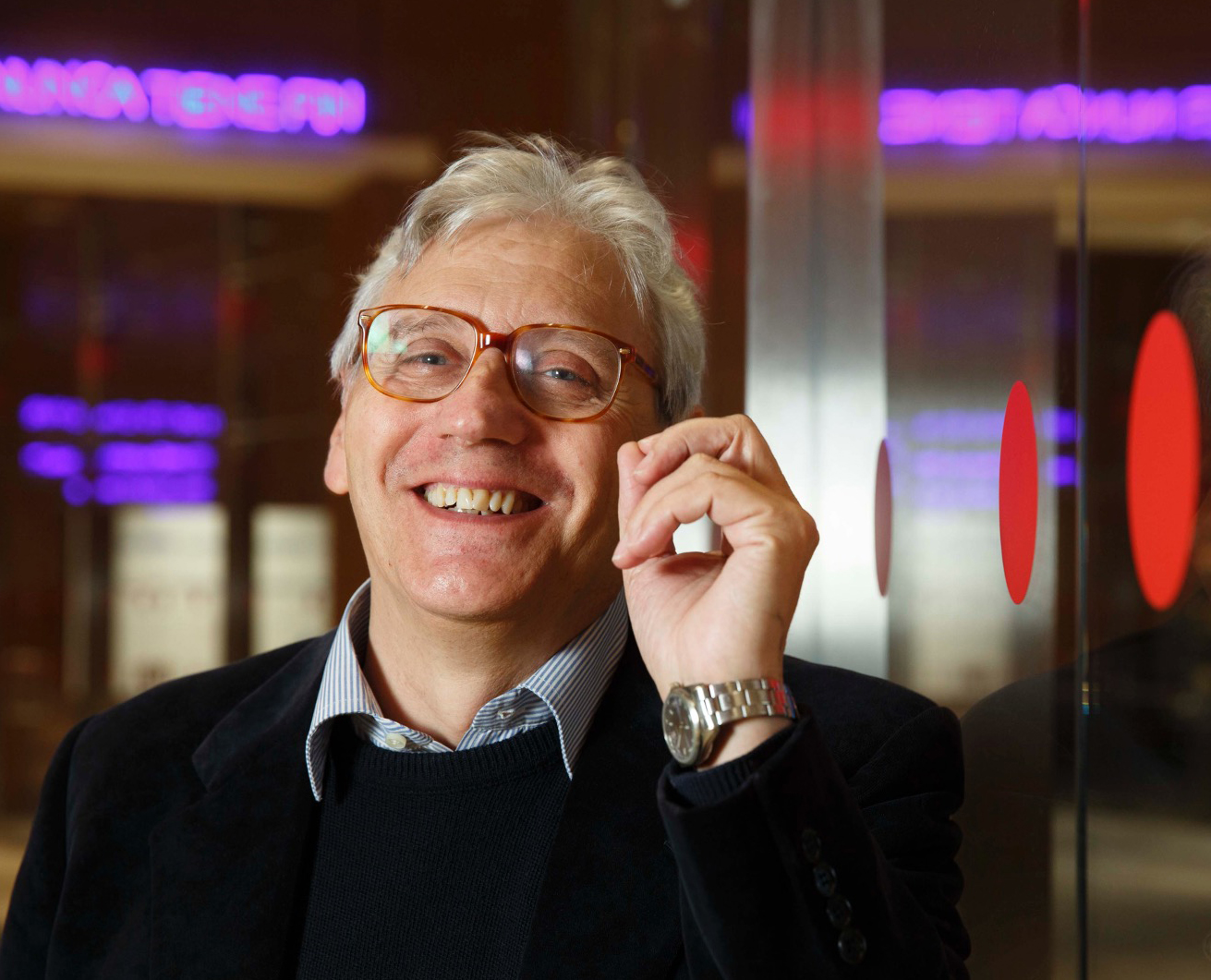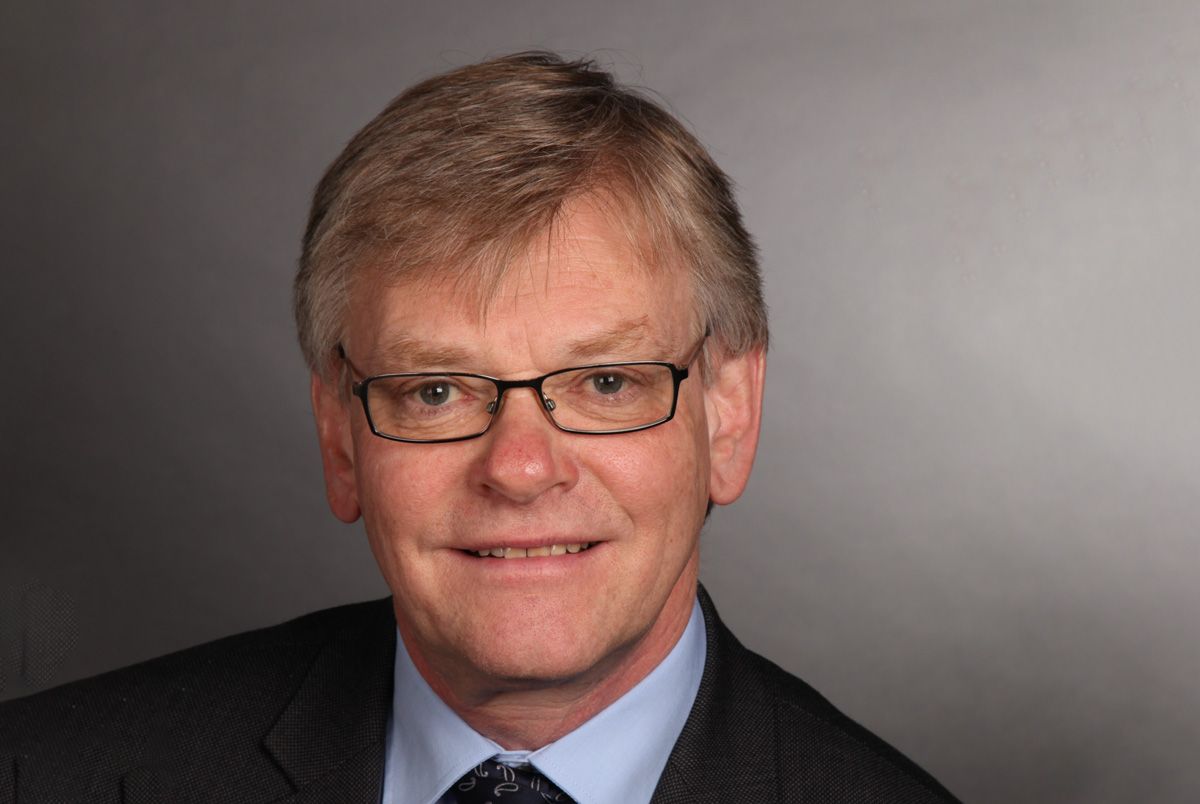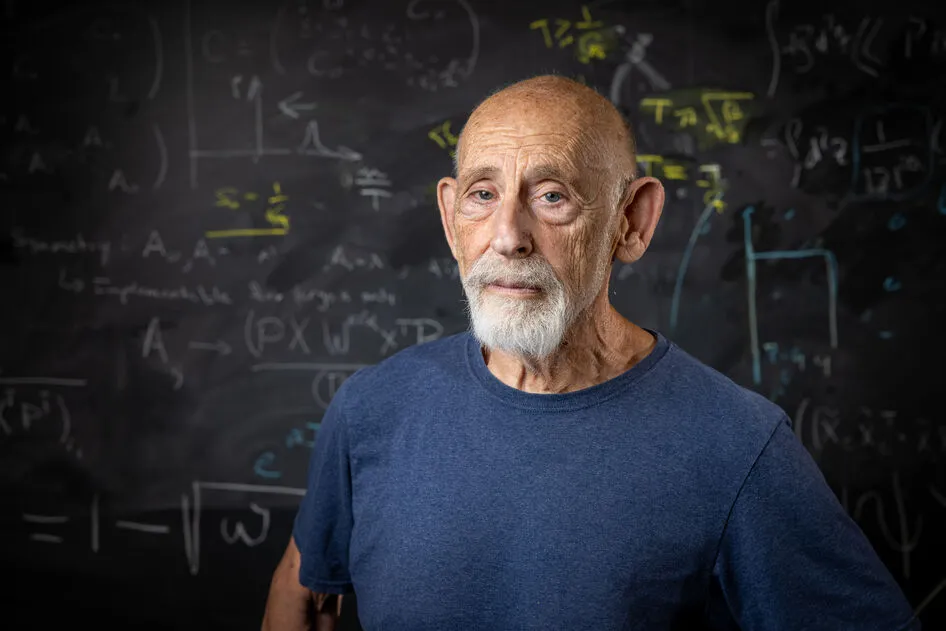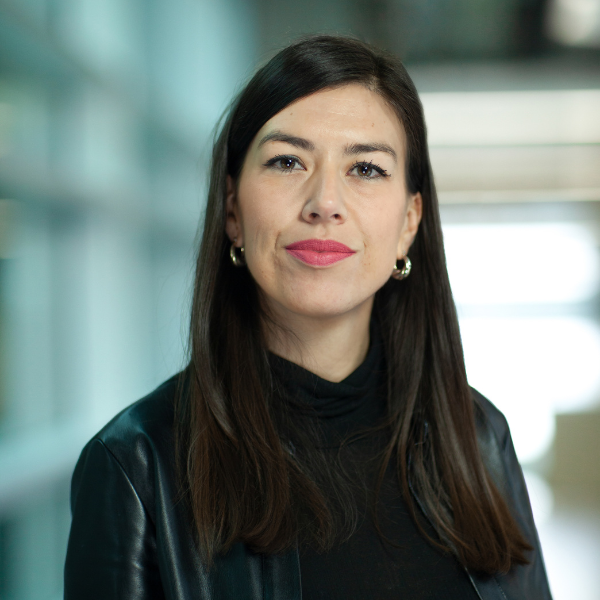Interview with Ilaria Marcolini, Head of Marketing, Communications and Public Relations at Fraunhofer Italia
What is Fraunhofer Italia?
Fraunhofer Italia is the first and currently the only Italian branch of the wider Fraunhofer-Gesellschaft, one of the world’s leading organisations in the field of applied research. We were established in late 2009 in Bolzano, thanks to the vision and initiative of Assoimprenditori Alto Adige, which recognised the strong need for an applied research institute to support local companies. Not only are we part of the Fraunhofer-Gesellschaft network, with which we maintain continuous exchanges, but we are also part of NOI Techpark, the technology park of Bolzano, a real hub for innovation. We moved into NOI in 2017, alongside the University of Bolzano, two other research centres, and numerous South Tyrolean start-ups and companies, contributing to a fast-growing ecosystem that is redefining the industrial profile of the region and turning it into a modern, sustainable district. Within this context, ARENA, our application centre, is the space where we work, test and validate original solutions with the aim of transforming research into real-world applications for industry.
How do you manage to achieve this?
Compared to the much larger Fraunhofer-Gesellschaft, with more than 30,000 employees and around 70 institutes in Germany, our centre – with a team of around 40 – stands out for its relatively small scale, which allows us greater flexibility, swift decision-making, and direct relationships with the industrial sector. However, we maintain the German approach, also in terms of funding: one third comes from the Autonomous Province of Bolzano, one third from European projects, and one third from industry. We mainly support small and medium-sized enterprises, which present us with a problem but lack the tools or expertise to solve it. Our solutions range from advanced robotics to automation, to digitalisation of construction processes; and we also have a cross-cutting team dedicated to bioeconomy and sustainability. We therefore work with companies on a dual transformation: both digital and sustainable.
What path do you take together with companies?
When companies turn to us, it is because they want to explore in a “protected environment” (a space in which to experiment safely) various approaches to their problems, before deciding to make significant investments in their solution. We therefore proceed step by step, the first being the preliminary investigation. In this exploratory phase, we map the problem: we study the context, collect information, analyse data and assess risks. This is a crucial step to reduce uncertainty and increase the likelihood of success. If the prospects are good, we immediately move on to drafting the full project, but if the risk of not achieving the desired result is high and further checks are needed, we move to a feasibility study: a more in-depth investigation in which all the technical, operational and economic aspects are examined in detail. This stage is contractual, lasts between three and six months, and aims precisely to verify the project’s soundness and estimate the value it could generate. To give a practical example, we might have a client interested in automating or streamlining a process currently carried out manually. The preliminary investigation produces uncertain results, so a six-month feasibility study is agreed upon, during which we reproduce in ARENA, our laboratory, a passage or a production block of the customer in question. This enables us to closely monitor every phase of the production process, replicating its timing and challenges, and to test solutions immediately. The goal is to clearly define both the technical feasibility and the potential return of the automation, minimising the client’s investment risks.
What happens if, after a successful feasibility study and the actual implementation of the solution at the requesting company, problems arise?
It depends. We work on software development, algorithms, while the hardware structure is always entrusted to third parties. And the “complete package” delivered to the client requires the involvement of another player: the system integrator, a company specialised in combining hardware and software. Therefore, any malfunction following implementation is handled by us only if it concerns the algorithm. It may also happen that the client already owns, for example, a robotic arm and wishes to reconfigure it for new tasks or optimise its performance. In that case, the process is handled directly by us in ARENA. The players involved and the methods of involvement are never the same: sometimes we act as an intermediary with suppliers and system integrators, sometimes they invite us, and sometimes, as mentioned, it is the client itself that coordinates.
Speaking of robotics, what kind of projects do you work on?
One macro-concept we are currently focusing on is grasping, robotic gripping techniques. This comes into play, for instance, in bin picking: imagine a large warehouse filled with assorted objects of different shapes and sizes, and a robotic arm must identify and pick out specific items. Using digital twins, we simulate the robot’s various gripping configurations as realistically as possible, and we define and write algorithms capable not only of recognising the object, but also of determining the type of gripper required – two-finger, suction, magnetic – and the movement to be performed. In this case, we automate a process, but we are also engaged in collaborative robotics projects, based on human–machine interaction.
Could you give us a few examples?
Of course. Let’s start with a completed project, CONCERT, developed in collaboration with the Italian Institute of Technology, the Technical University of Munich and various companies, including a Polish construction firm that also acted as end user. CONCERT was an advanced robotics project applied to the construction sector, with the goal of introducing a reconfigurable robotic platform on building sites to support operators. The system, based on a modular robotic arm, could be adapted to different activities – from painting to collaborative transport, from drilling walls to data collection through photographs. The concept of reconfigurability, understood as an extension of flexibility, was realised in the possibility of assembling the arm modules to obtain the configuration most suitable for the specific application. The modular structure also ensured a simple, intuitive interaction, enabling even non-experts to change the configuration without specialist training. One of CONCERT’s main objectives was to make the use of robots accessible and straightforward, expanding their potential applications in construction. The project, recently completed, was part of the European Horizon programme. Inclusion and collaborative robotics also feature in the Inclu5ion project, still ongoing, aimed at supporting people with disabilities by enabling them to adapt their workstation – and thus their working mode – to individual needs. Here we are developing a human–machine interface capable of analysing operators’ behaviour and adjusting the level of assistance provided. One parameter, for instance, is eye contact: the system monitors how often the operator blinks and – thanks to tailored algorithms – the robot adjusts its intervention according to the detected level of fatigue.
What currently discourages companies from investing in such solutions?
Certainly, there is the economic factor, which is affected by the availability of regional funds for research and innovation, the size and management style of the company, and also the vision of those leading the business. In some contexts, such as family-run firms, it is not always easy to see the benefits innovation might bring. And in these cases, the feasibility study serves precisely as a lever, the start of an opening-up process. But other factors also come into play, such as the availability of time and human resources. When we start an applied research project with a company, we need extremely close collaboration, which requires strong motivation. Moreover, in robotics, there are often major concerns about introducing robots into the workplace, as people fear they will replace human workers. For us, robotics supports rather than replaces, it frees operators from heavy tasks, reduces risks, and gives them the role of supervisor and manager. It is a sensitive topic, with very different perspectives, and it is essential to discuss it together. ARENA, in this sense, is not just our laboratory, it is also the space where we foster the encounter between industry and research, engage in dialogue with companies, and translate our ideas into industrial applications.
In which sectors do you see the greatest opportunities for Fraunhofer Italia in the coming years?
We would very much like to transfer the strong expertise we have acquired in manufacturing to healthcare and care services. I am referring, for example, to robotics. If today we concentrate our know-how on developing robots for construction and manufacturing – capable of moving autonomously, avoiding obstacles and collaborating with users – tomorrow we would like to apply this same knowledge to healthcare and assistance, creating robots and robotic arms able to support medical staff and facilitate patient rehabilitation. Then, there are three areas – production and logistics, construction, and space – where collaborative robotics can have a major impact: from flexible production to smart automation in manufacturing and logistics, to the use of drones for inspection or collaboration between drones and robots in construction. And although we do not yet have direct experience in the space sector, it is easy to imagine autonomous and reconfigurable robots for the activities of space exploration or orbital infrastructure maintenance. For now, we remain focused on manufacturing and industry, but there are certainly other promising avenues.
BIO
Ilaria Marcolini coordinates marketing, communication and PR activities for Fraunhofer Italia, contributing to the promotion of applied research through public initiatives, strategic collaborations and outreach projects.
